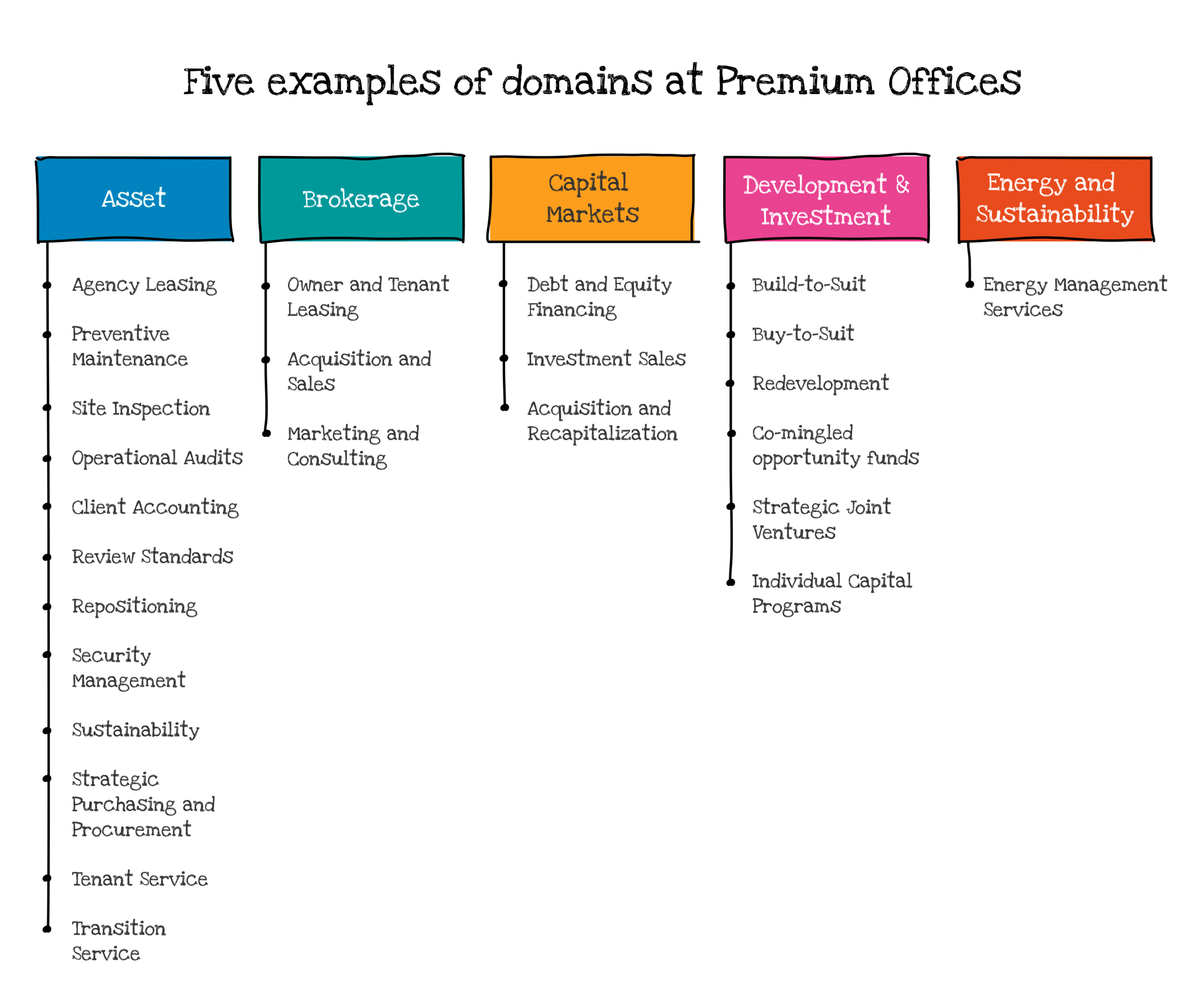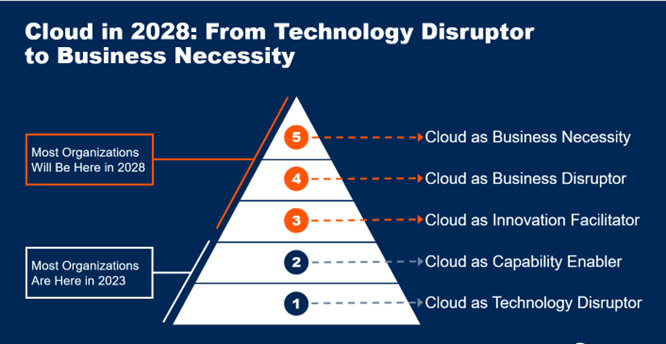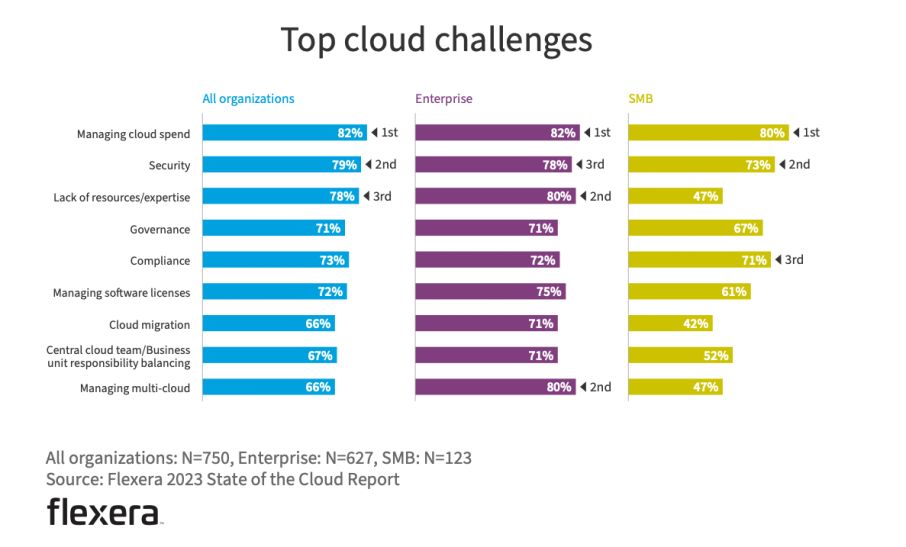Transform Your Approach to Data: How Cloud Migration Drives Modernization
Actian Corporation
April 9, 2024

Whether you’re looking for cloud migration or have already completed the move, you’re probably looking to the cloud as a way to modernize your approach to data and analytics. It’s a common reason to migrate—many organizations view their cloud journey as a prime opportunity to implement new technologies that support their business and IT goals.
Like data-driven companies across all industries, you’re undoubtedly experiencing an explosion in data volumes while the number of data sources is also quickly expanding. That’s why you need the ability to immediately scale to manage large data volumes and handle changing workload demands. The cloud meets these requirements.
If you’re curious about how your peers plan to leverage the cloud for data and analytics, the technologies they’re using, and how they’re choosing cloud vendors, our survey results deliver the insights. The results, gleaned from 450 businesses, are featured in our eBook “The Top Data and Analytics Capabilities Every Modern Business Should Have.” We’ll cover some of the highlights in this blog.
Turn Your Migration into a Modernization Opportunity
As organizations realize the myriad of benefits that come with digital transformation, they want to accelerate their use of digital tools and implement technologies that advance their modernization goals. This naturally leads to company mandates to move data and analytics technologies from on-premises environments to cloud or hybrid infrastructures. Cloud migration enables instant scalability, business agility, more efficient operations, and other benefits.
Some of the top use cases in the cloud, according to our eBook, are:
- Financial risk management at 48%.
- Supply chain and inventory optimization at 46%.
- Product 360 and product analytics at 43%.
The shift to the cloud for use cases and data optimization is not surprising. Organizations like yours need the ability to ingest and manage large data sets and get answers fast—even in real-time—using modern data and analytics capabilities. The cloud supports this. And if you want to optimize on-premises investments, you can leverage a hybrid data platform that spans the cloud and on-prem.
For example, the Actian Data Platform offers ease of use, scalability, and robust data integration and management capabilities across any environment, including hybrid and multi-cloud. As the need for data simplicity grows, with more data sources and analytics use cases constantly emerging, you need a data platform that enables users at all skill levels to access and utilize data without IT bottlenecks. Empowering more business analysts and others with data accelerates the speed and efficiency of business decisions, operations, and data-driven processes.
Make a Deliberate Decision When Migrating
Selecting a cloud provider for your organization involves careful considerations that go beyond the technology. For instance, it’s essential to look at deployment flexibility, support, and cost-effectiveness, among other factors. You also need to be aware of potential challenges, such as vendor lock-in and unexpected costs.
Likewise, the right cloud migration strategy is critical. Lift-and-shift migrations are common because they’re usually fast, but they can have a downside too—they may not leverage the full potential of cloud capabilities, and they can move on-prem problems with data to the cloud. Your business may benefit from a cloud-native approach, which can offer resiliency and cost-effectiveness.
According to our eBook, the top reasons companies transition to the cloud are:
- 57% want to make managing data privacy, security, and compliance easier.
- 51% want to improve scalability and performance, and remove capacity constraints.
- 48% view the cloud as a better option for applications.
The eBook also notes that 72% of companies are using cloud platforms for all new analytics projects. 47% of organizations are taking a lift-and-shift approach to migrating data and analytics capabilities to the cloud, and 40% are evaluating each project independently to decide how to migrate.
Embrace Modern Data Capabilities
Having access to data in real-time is becoming essential for making the most informed decisions, identifying trends, and predicting problems before they happen, among other benefits. A modern cloud data platform like the one from Actian can deliver real-time data to the analysts and applications that need it.
The Actian Data Platform offers real-time data capabilities, superior price performance, and data integration capabilities that make it an ideal choice for businesses. You can use it to support and advance the data processes you need. As highlighted in our eBook, the top cloud technologies organizations are using include:
- Cloud data security and data privacy at 54%.
- Cloud data integration and data operations also at 54%.
- Cloud data quality and data mastering at 52%.
- Cloud data streaming and real-time analytics at 52%.
To find out more about the data and analytics capabilities your peers want in the cloud, the challenges they’re experiencing, what they look for in a cloud vendor, and other insights, “The Top Data and Analytics Capabilities Every Modern Business Should Have” help you get more value from your cloud journey.
Subscribe to the Actian Blog
Subscribe to Actian’s blog to get data insights delivered right to you.
- Stay in the know – Get the latest in data analytics pushed directly to your inbox.
- Never miss a post – You’ll receive automatic email updates to let you know when new posts are live.
- It’s all up to you – Change your delivery preferences to suit your needs.


















